Imazameth
Synonym(s):2-(4-Isopropyl-4-methyl-5-oxo-2-imidazolin-2-yl)-5-methylnicotinic acid;2-[4,5-Dihydro-4-methyl-4-(1-methylethyl)-5-oxo-1H-imidazol-2-yl]-5-methyl-3-pyridinecarboxylic acid
- CAS NO.:104098-48-8
- Empirical Formula: C14H17N3O3
- Molecular Weight: 275.3
- MDL number: MFCD04307828
- SAFETY DATA SHEET (SDS)
- Update Date: 2024-12-18 14:08:57
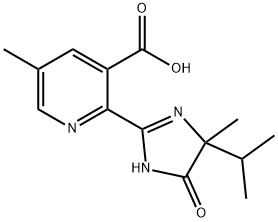
What is Imazameth?
The Uses of Imazameth
Imazapic is registered throughout the world for use in peanuts, rangeland, sugarcane, and imidazolinoneresistant canola (12). A nonionic surfactant or oil adjuvant is required for maximum activity.
The Uses of Imazameth
Imazapic can be used in analytical and biological studies of residue analysis and determination of imidazolinone herbicides in sunflower and soil by GC-MS.
Definition
ChEBI: 5-methyl-2-[4-methyl-5-oxo-4-(propan-2-yl)-4,5-dihydro-1H-imidazol-2-yl]pyridine-3-carboxylic acid is a pyridinemonocarboxylic acid that is 5-methylpyridine-3-carboxylic acid which is substituted at position 2 by a 4,5-dihydro-imidazol-2-yl group, which in turn is substituted at positions 4, 4, and 5 by isopropyl, methyl, and oxo groups, respectively. It is a pyridinemonocarboxylic acid, an imidazolone, a member of imidazolines and a member of methylpyridines.
Pharmacology
Imazapic kills plants by inhibiting acetolactate synthase (ALS) (I50 = 1 μM), which is the first common enzyme in the biosynthesis of the branched chain amino acids, valine, leucine, and isoleucine. Imazapic is rapidly absorbed through the leaves of plants. Once it enters the plant, imazapic translocates to the growing points and growth ceases within 1 day after herbicide application followed by chlorosis and then necrosis of the growing points. Total plant death will occur within 2 to 3 weeks after treatment.
Environmental Fate
Imazapic is weakly to moderately adsorbed on sandy loam and silt loam soils. The Freundlich adsorption coefficient ranges from 0.17 to 2.99, (12). Because imazapic is a weak acid and exists in different ionic states, soil pH has an effect on soil binding properties. The anionic form predominates at soil pH as low as 5.5, and this form binds weakly to soil. The neutral or molecular form is important at soil pH from 4 to 6.5. This form binds to soil organic matter and clay. The cationic form is important at pH less than 4. Because the soil is a heterogeneous mixture of acid and base chemical groups, there may be sites within a particular soil that are 2 to 3 pH units higher or lower than the average pH. The cationic form will bind tightly to the lower pH components. Because of these interactions, small decreases in pH below 6 will result in large increases in binding. The half-life of imazapic in the soil is 106 d. Imazapic remains in the top 30 cm of the soil with low leaching potential. The degradation route of imazapic in the soil has not been determined.
Metabolism
Plant Metabolism. The selectivity of imazapic is due to
differential rates and routes of metabolism in tolerant
crops versus susceptible weeds(10). Imazapic
has excellent selectivity in peanuts, but is not selective in
soybeans. The difference in the tolerance of these two
legumes is due to the different routes of metabolism
of imazapic in the two crops. The primary metabolite
in soybeans is an imidazopyrrolo-pyridine derivative,
whereas in peanuts, the primary metabolite is the
glucose conjugate of hydroxy-imazapic. Although the
imidazopyrrolo-pyridine derivative formed in soybean is
immobile and is not an inhibitor of acetolactate synthase,
the rate of degradation of imazapic in soybeans is not rapid
enough for selectivity (10). In imidazolinone-resistant
crops, the primary mechanism of selectivity is due to
an altered acetolactate synthase that is not inhibited by
the imazapic (11).
Animal Metabolism (12). Metabolism studies in the rat
showed that imazapic is rapidly excreted in the urine.
There was no accumulation of imazapic or any of its
derivatives in the liver, kidney, muscle, fat, or blood.
Toxicity evaluation
Imazapic has shown no mutagenic or genotoxic activity in the Ames assay, mammalian cell gene mutation assay, in vitro chromosome aberration assay, in vitro unscheduled DNA synthesis (URS) assay, or the in vivo dominant lethal assay inmale rats. The acute toxicity and effects on wildlife and soil microflora of imazapic are shown in Table 6. This herbicide also has a low potential for bioaccumulation in fish.
Properties of Imazameth
| Melting point: | 205-207°C |
| Density | 1.31±0.1 g/cm3(Predicted) |
| storage temp. | 0-6°C |
| solubility | DMSO (Slightly), Ethanol (Slightly, Sonicated), Methanol (Slightly, Sonicated) |
| form | neat |
| pka | 10.72±0.40(Predicted) |
| form | Solid |
| color | White to Off-White |
| CAS DataBase Reference | 104098-48-8(CAS DataBase Reference) |
| EPA Substance Registry System | Imazapic (104098-48-8) |
Safety information for Imazameth
Computed Descriptors for Imazameth
New Products
Tert-butyl bis(2-chloroethyl)carbamate (S)-3-Aminobutanenitrile hydrochloride N-Boc-D-alaninol N-BOC-D/L-ALANINOL N-octanoyl benzotriazole 4-Hydrazinobenzoic acid 3,4-Dibenzyloxybenzaldehyde 1,1’-CARBONYLDIIMIDAZOLE R-2-BENZYLOXY PROPIONIC ACID 1,1’-CARBONYLDI (1,2-4 TRIAZOLE) 4-HYDROXY BENZYL ALCOHOL 3-NITRO-2-METHYL ANILINE (2-Hydroxyphenyl)acetonitrile 4-Bromopyrazole 5-BROMO-2CYANO PYRIDINE 5,6-Dimethoxyindanone 5-broMo-2-chloro-N-cyclopentylpyriMidin-4-aMine 4-methoxy-3,5-dinitropyridine 2-(Cyanocyclohexyl)acetic acid 2-aminopropyl benzoate hydrochloride 1-(4-(aminomethyl)benzyl)urea hydrochloride tert-butyl 4- (ureidomethyl)benzylcarbamate diethyl 2-(2-((tertbutoxycarbonyl)amino) ethyl)malonate Ethyl-2-chloro((4-methoxyphenyl)hydrazono)acetateRelated products of tetrahydrofuran
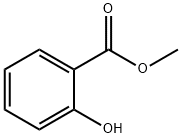
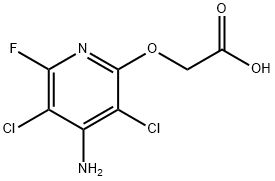
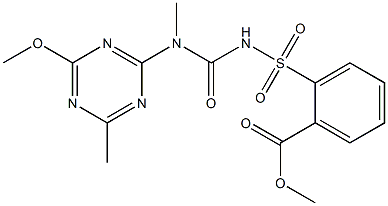
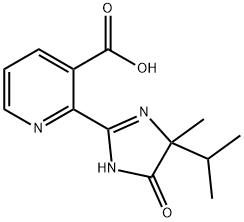
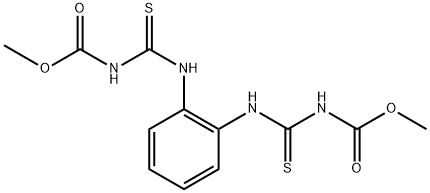

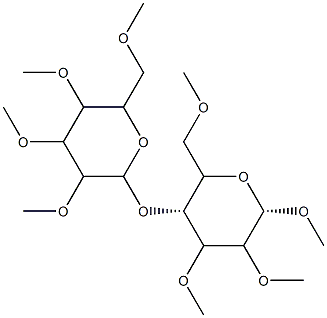
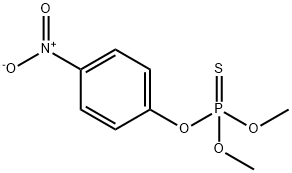
You may like
-
 Imazapic 98.00% CAS 104098-48-8View Details
Imazapic 98.00% CAS 104098-48-8View Details
104098-48-8 -
 Imazapic CAS 104098-48-8View Details
Imazapic CAS 104098-48-8View Details
104098-48-8 -
 55441-95-7 99%View Details
55441-95-7 99%View Details
55441-95-7 -
 N-Vinylformamide 99%View Details
N-Vinylformamide 99%View Details
13162-05-5 -
 Chloro Uracil 1820-81-1 99%View Details
Chloro Uracil 1820-81-1 99%View Details
1820-81-1 -
 2-ethyl-6-methyl-3-hydroxypyridine succinate 99%View Details
2-ethyl-6-methyl-3-hydroxypyridine succinate 99%View Details
127464-43-1 -
 2-ETHYLPYRIDINE 100-71-0 99%View Details
2-ETHYLPYRIDINE 100-71-0 99%View Details
100-71-0 -
 181228-33-1 (S)-Methyl 3-amino-2-((tert-butoxycarbonyl)amino)propanote Hydrochloride (DAP-OMe. HCl) 99%View Details
181228-33-1 (S)-Methyl 3-amino-2-((tert-butoxycarbonyl)amino)propanote Hydrochloride (DAP-OMe. HCl) 99%View Details
181228-33-1